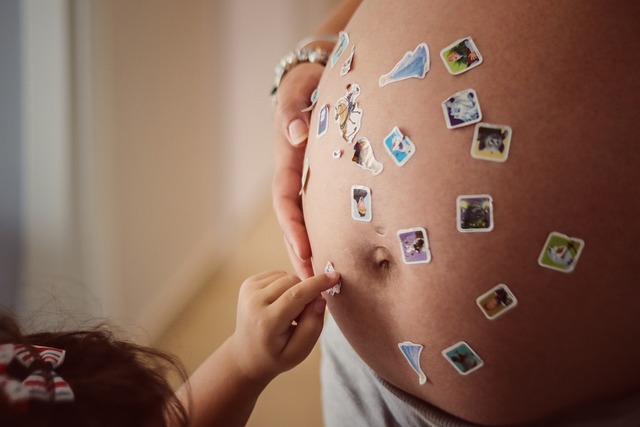Hey there! So, let’s talk about a really important aspect of in vitro fertilization (IVF): embryo transfers. This multi-step process is designed to help couples maximize their chances of a successful pregnancy. At Pacific Fertility Center, the first step involves stimulating the ovaries to produce multiple mature follicles. Once the eggs are collected, they’re fertilized in the lab, and the embryos begin to grow.
Now, when it comes time for the embryo transfer, doctors have the option to do this on either day 3 or day 5 of the embryo’s growth. You might be wondering, what’s the difference? Well, there’s actually quite a bit!
On day 3, the embryos typically consist of around 4 to 8 cells. By day 5, however, they develop into what’s called a blastocyst, which has anywhere from 70 to 100 cells. This stage is crucial because blastocysts are more advanced and more likely to implant successfully in the uterus.
When scheduling the transfer, the focus is primarily on the quality of the embryo rather than just its growth stage. If the embryos are clearly distinguishable in terms of quality by day 3, it might make sense to transfer them then. The uterine environment can actually help encourage further development, potentially increasing the chances of a successful implantation.
However, if there are several embryos that appear to be developing similarly and it’s tough to choose the best ones, waiting until day 5 is the way to go. This gives the doctors a better chance to evaluate which embryos have reached that blastocyst stage and would be most promising for transfer.
If you’re navigating the journey to parenthood and considering fertility treatments, resources like Healthline’s guide on IVF can be super helpful. Plus, if you’re interested in other methods, check out this blog post for more information.
In summary, the decision between a day 3 and day 5 embryo transfer largely depends on the quality of the embryos and how they are developing. If you’re looking at multiple embryos, waiting could provide better insights for a successful pregnancy.

